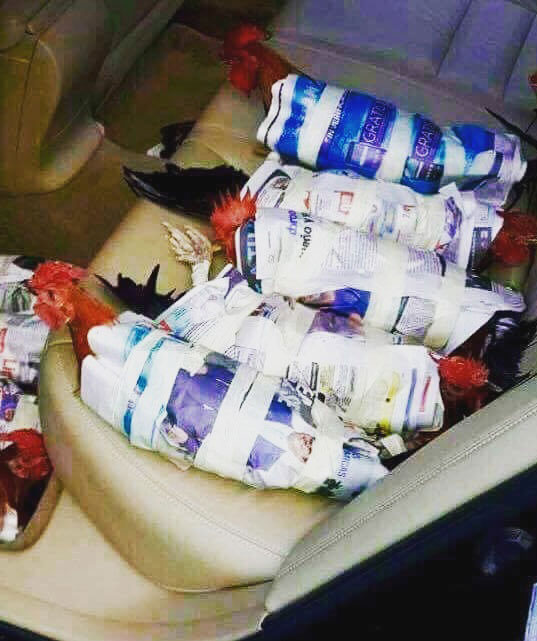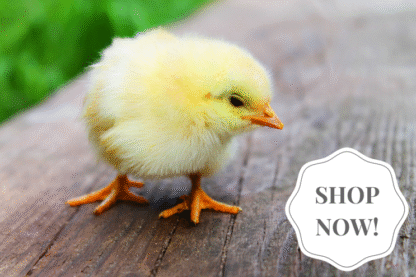
Natural disasters are on the rise, and if you keep poultry you are responsible for the safety of your birds. No matter where you live, nearly everyone is vulnerable to disasters of one sort or another — wildfires, earthquakes, tsunamis, floods, volcanic eruptions, chemical spills, hurricanes or tornadoes. Here are eight commonsense steps that will help you safeguard your chickens and other poultry in the event you must evacuate in the face of an impending disaster.
Know where to go.
Make a list of veterinary clinics, pet shelters, animal control shelters and friends or relatives outside your immediate area that are able and willing to shelter your poultry during a disaster. If you are lucky enough to have advanced notice of an impending disaster, call ahead to ensure they still have adequate space to accommodate your birds.
Set up a communication network.
Develop a plan for connecting with family and friends during and after a disaster. One good method is to designate a distant friend or family member outside your area whom you and your immediate family members can leave messages with, to notify each other where you are, as well as where your birds are temporarily housed until they can be safely retrieved.
Provide identification.
Individual identification of each bird can be crucial when you are ready to reclaim your poultry during chaotic times. ID possibilities include leg bands, wing bands, microchipping, and even tattooing. Having photographs of you with your valuable birds — along with documentation of the species, breed, color, sex and age of each — can be helpful. Circulate these photos and documentation to members of your communication network.
Include medical records.
If your flock has health issues, notify shelter care givers in advance, and include this information with your identification documentation. Note any verified or suspected communicable diseases, as well as any vaccinations with live or modified live vaccine that, through shedding, could trigger a reaction in other poultry sheltered near your flock. If you exhibit your birds and have recent certificates verifying their state of health, include copies along with your other documentation.
Provide for transportation.
Have sturdy, safe crates or pet carriers handy, of sufficient number and size to carry the birds you plan to take. If you can’t take them all, decide in advance which ones are the most valuable to you, whether rare breeds or beloved family pets. Label each carrier with your name and contact information, including at least one phone number of a distant friend or relative in your communication network.
Necessity being the mother of invention, prior to Hurricane Irma, residents of Key West, Florida, rescued locally popular feral roosters by wrapping them in newspaper for transport. A photo of the “rooster burritos” tucked in the backseat of a sedan subsequently went viral.
Don’t forget sanitation.
Poop happens. Ensure your poultry are housed in sanitary conditions by providing an ample supply of litter—such as shavings or shredded paper—along with a supply of plastic trash bags for waste disposal. Of course, you could always outfit your birds in chicken diapers.
Organize supplies.
Gather at least a three-day supply of poultry feed and water sufficient for the number of birds you plan to evacuate. Keep your supplies fresh by regularly feeding them out and replacing them every two months. Include feeders and waterers that can be secured to your transport carriers without being knocked over or spilled. Store these supplies in covered 5-gallon buckets, making them easy to grab in a hurry.
Evacuate early.
If possible, crate your poultry as soon as you get the alert, before your birds have a chance to sense danger and decide to hide. In fact, if a disaster seems imminent, it wouldn’t hurt to evacuate your poultry early. In a rush you might not be able to catch them all, and most likely you won’t have a chance later to get the ones you miss the first time. Once an evacuation notice is issued and you leave, typically you won’t be allowed to return until danger has passed.
Preparing for the possibility of a disaster is just as essential for your poultry as for your other pets and for you and your family. A wealth of information on creating a pet disaster plan, including caring for animals during evacuation, is available from both FEMA and Homeland Security.
And that’s today’s news from the Cackle Coop.
Gail Damerow, author, The Chicken Health Handbook


This is great information! I am a disaster preparedness consultant and this is just what I was looking for to share with my backyard henhouse clients! Will you grant me permission to reprint and distribute it, giving you credit? Alice Kuder, Just in Case, LLC.